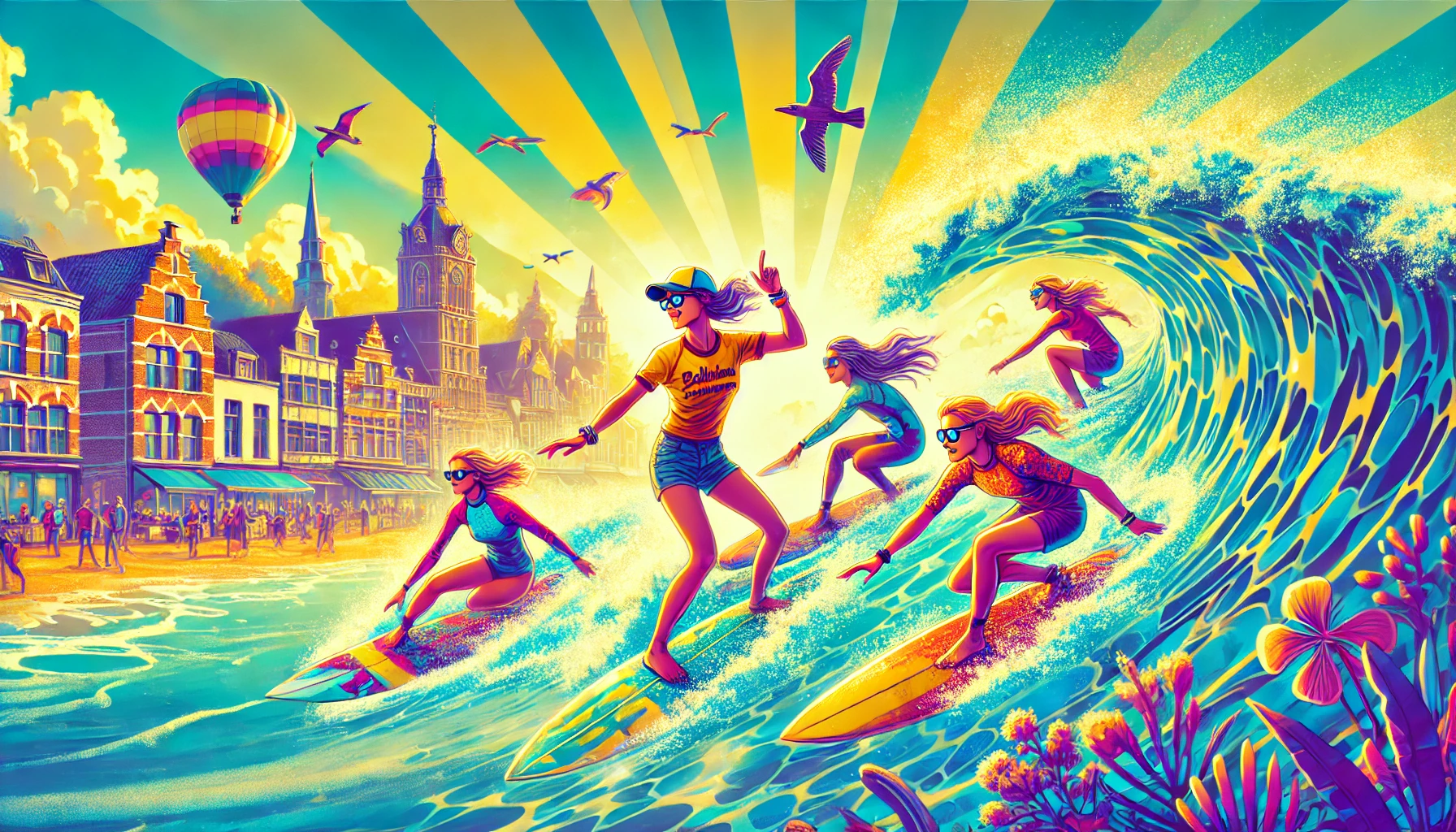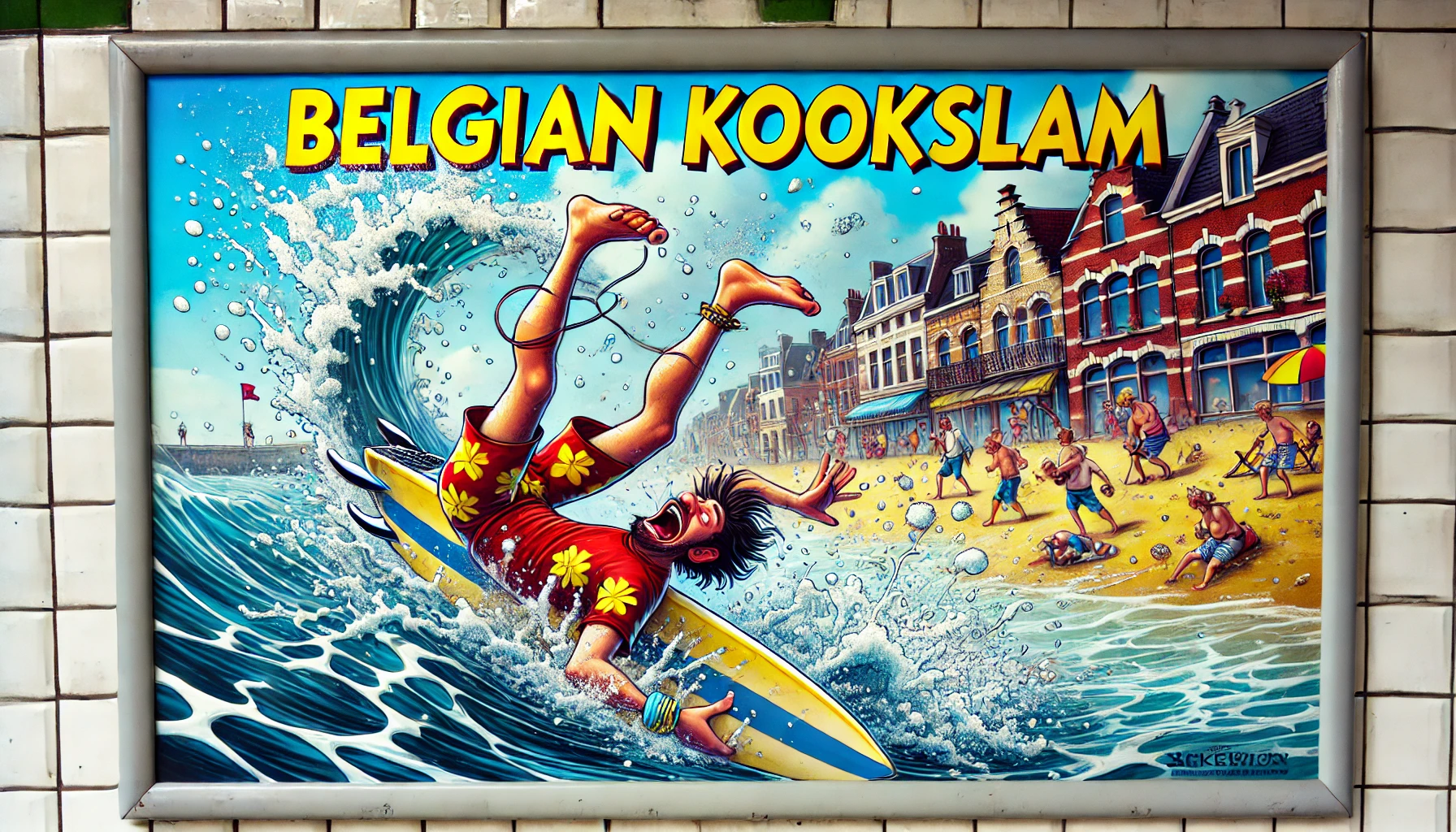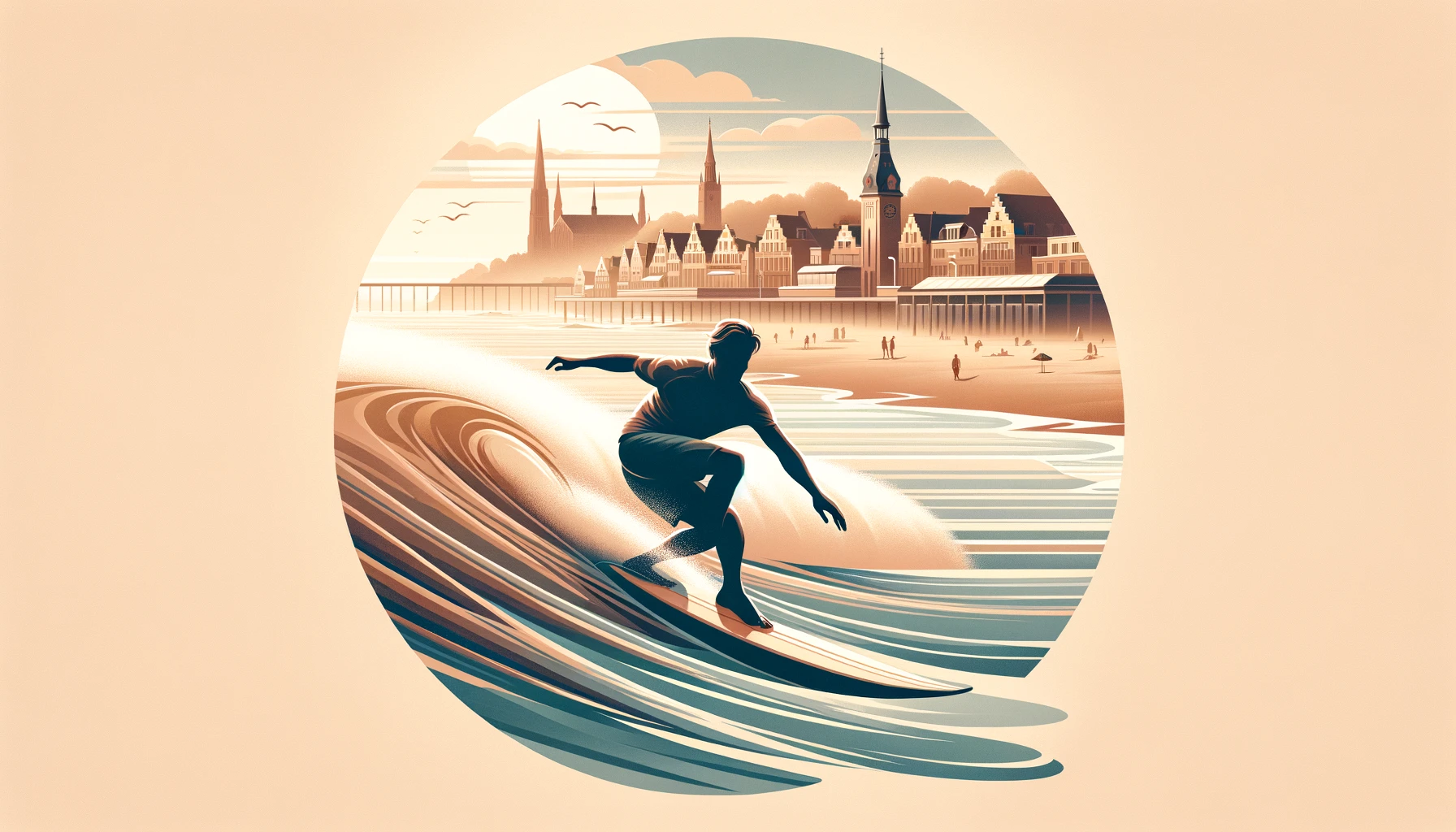Belgium might not be the first destination that comes to mind when you think of surfing, but the country’s small yet passionate surfing community has fully embraced shortboarding. While the Belgian coastline doesn’t offer the towering waves found in places like Hawaii or California, it provides consistent conditions perfect for those looking to refine their shortboarding skills. In this article, we’ll explore the world of Belgian shortboard surfing, the spots where surfers chase the best waves, the unique challenges they face, and why this style of surfing continues to thrive in Belgium.
What is Shortboard Surfing?
Shortboard surfing is characterized by the use of smaller, more agile boards designed for sharp turns, fast maneuvers, and high-speed rides. Unlike longboards, which are more focused on smooth cruising and style, shortboards allow surfers to perform aggressive tricks like cutbacks, snaps, and aerials. Typically ranging from 5 to 7 feet in length, shortboards are ideal for powerful, steep waves where quick direction changes are necessary.
Shortboarding is the go-to style for competitive surfing, and it’s the most popular form of surfing in high-performance environments. In Belgium, where waves are often smaller and less predictable, shortboard surfers have adapted their techniques to make the most out of the conditions available.
Surf Spots for Shortboarding in Belgium
While Belgium’s North Sea coast may not deliver the massive swells seen in other parts of the world, there are still several spots where shortboarders can enjoy fun, punchy waves:
1. Ostend
Ostend is one of Belgium’s most popular surf spots and is often referred to as the country’s surf capital. The consistent beach break offers a variety of peaks, making it a favorite for local shortboard surfers. While the waves may not be huge, Ostend’s versatility allows shortboarders to practice quick turns and carve out aggressive lines.
2. Knokke-Heist
Located near the Dutch border, Knokke-Heist is another hotspot for Belgian surfers. The waves here can be a bit more mellow, but on a good day, you can catch clean, peeling waves perfect for shortboarding. The spot is especially popular during the autumn and winter months when the swells are more consistent.
3. De Panne
De Panne, situated near the French border, offers a more secluded and peaceful surfing experience. The beach break at De Panne is less crowded, providing ample space for shortboarders to work on their technique. The waves can be punchy and steep, making them ideal for quick maneuvers.
4. Blankenberge
Blankenberge is known for its lively beach scene and consistent surf conditions. While it’s often crowded during the summer months, it’s a great spot for shortboarders who thrive in beach break conditions. The waves here can vary, but on the right day, they offer plenty of opportunities for practicing speed and precision.
Challenges of Shortboard Surfing in Belgium
Shortboard surfing in Belgium presents unique challenges, mainly due to the conditions of the North Sea. Here are some factors that surfers need to consider:
1. Wave Size and Power
Belgian waves are generally smaller and less powerful than those found in more famous surf destinations. Shortboarders must be adept at generating their own speed and making the most out of even the smallest waves. This often means focusing on quick, tight turns and maximizing each section of the wave.
2. Wind and Weather Conditions
The North Sea is known for its unpredictable weather, with frequent winds and choppy conditions. While offshore winds can produce clean waves, onshore winds often create messy, difficult surf. Belgian shortboarders need to be flexible and ready to adapt to constantly changing conditions.
3. Cold Water
Surfing in Belgium often means braving cold water temperatures, especially during the winter months. Wetsuits, gloves, and booties are essential gear for surfers who want to stay warm and perform at their best in chilly conditions.
4. Crowds
During peak surf seasons, spots like Ostend and Blankenberge can get crowded. Finding a clean wave to yourself can be tricky, so learning how to navigate crowded lineups is a crucial skill for Belgian shortboarders.
The Belgian Shortboarding Community
Despite the challenges, the Belgian shortboarding community is vibrant and growing. Surf clubs, competitions, and social events have created a tight-knit network of surfers who share a passion for the sport. Whether they’re competing in local contests or simply enjoying a session with friends, Belgian shortboarders are committed to improving their skills and making the most out of the waves available.
Local surf schools and shops play a key role in fostering the next generation of shortboard surfers. With more Belgians getting into the sport, the community is expanding, and the level of performance continues to rise.
Why Shortboarding Thrives in Belgium
Shortboarding has become increasingly popular in Belgium for several reasons:
1. Progressive Surfing
Shortboarding is all about pushing the limits, trying new tricks, and constantly improving. This progressive approach appeals to surfers who want to challenge themselves and master technical maneuvers.
2. Adapting to Conditions
Belgian surfers have learned to adapt their shortboarding techniques to suit the local conditions. By focusing on generating speed, maintaining balance, and perfecting their timing, they’ve found ways to excel even in less-than-ideal surf.
3. The Competitive Scene
Local surf competitions and events provide a platform for Belgian shortboarders to showcase their skills. These events foster a spirit of friendly competition and encourage surfers to continually push their boundaries.
Tips for Shortboard Surfing in Belgium
If you’re looking to improve your shortboarding skills in Belgium, here are a few tips:
- Work on Generating Speed: In smaller waves, you’ll need to create your own speed. Practice pumping down the line and using your body weight to maintain momentum.
- Focus on Timing: In weaker waves, timing is everything. Learn to anticipate when and where the wave will break so you can position yourself for the best possible ride.
- Stay Warm: Cold water can sap your energy quickly. Invest in a good wetsuit and gear so you can stay comfortable and surf longer, even in winter conditions.
- Get Involved in the Community: Joining a local surf club or participating in events is a great way to connect with other shortboarders and learn from their experiences.
Conclusion
Belgian shortboard surfing may face unique challenges, but it’s a thriving and dynamic part of the country’s surf culture. With its emphasis on skill, precision, and progression, shortboarding attracts surfers who are eager to push themselves and make the most of every session. Whether you’re catching waves at Ostend or practicing your turns at Knokke-Heist, there’s plenty of stoke to be found on Belgium’s shores.
For those willing to embrace the conditions, Belgian shortboard surfing offers the perfect blend of fun, challenge, and community.



